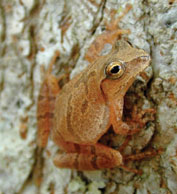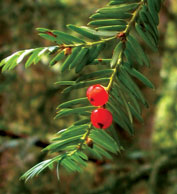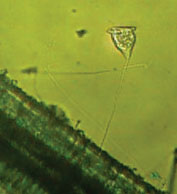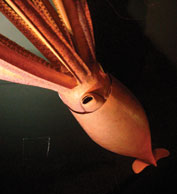STILLPOINT Archive: last updated 12/14/2007
Favorite Creatures (and Other Living Things)
The late paleobiologist Stephen Jay Gould once confessed his affection for a very particular creature: the land snail Cerion. We wondered if all biologists, like Gould, have a favorite creature (or other living thing), and posed the question to lab whiz Don Gonzales '95, M.D., when he was on campus in June. His response was immediate and enthusiastic: the African clawed frog Xenopus, an important model organism in developmental biology research. Here is what some of our favorite Gordon biologists said when we asked them the same question.
Editor's Note: We received far more "favorite creatures" than could fit in a STILLPOINT article.
Spring Peeper | Hyla crucifer
I am convinced that the spring peeper is the reason for many people falling in love in New England, as its early spring chorus awakens sleepy denizens to the joys of the coming season. It is named "crucifer" after the sign of the cross, a dark mark across its back, and sings around Easter, truly comprising a hymn of praise.
Dorothy Boorse, Ph.D., associate professor of biology
Moringa | Moringa oleifera
Gordon's ECHO program (Educational Concerns for Hunger Organization) promotes the moringa as a miracle tree--from India, it grows 15 feet in one season, is drought tolerant, has highly nutritious leaves, has more calcium than milk, has more potassium than bananas and is high in protein. It is also used as a water purifier and has antibacterial and antifungal qualities. The United Nations is promoting this plant in its effort to help those in Sub-Saharan Africa suffering from AIDS.
Grace Ju, Ph.D., adjunct professor of biology
Protozoan | Vorticella spp.
As a boy I spent many hours with a little hobby microscope examining samples of pond water. One microscopic organism that caught my attention was Vorticella, a ciliated creature named for the rotating water currents created by the ring of cilia rapidly beating around its mouth. The mouth and cilia form an inverted bell-like structure that waves about in the water currents and is attached to a long, thin stalk cemented to a solid surface. What I enjoy most about the vorticellids is their unusual habit of rapidly contracting their long stalk faster than the blink of an eye.
Craig Story, Ph.D., associate professor of biology



